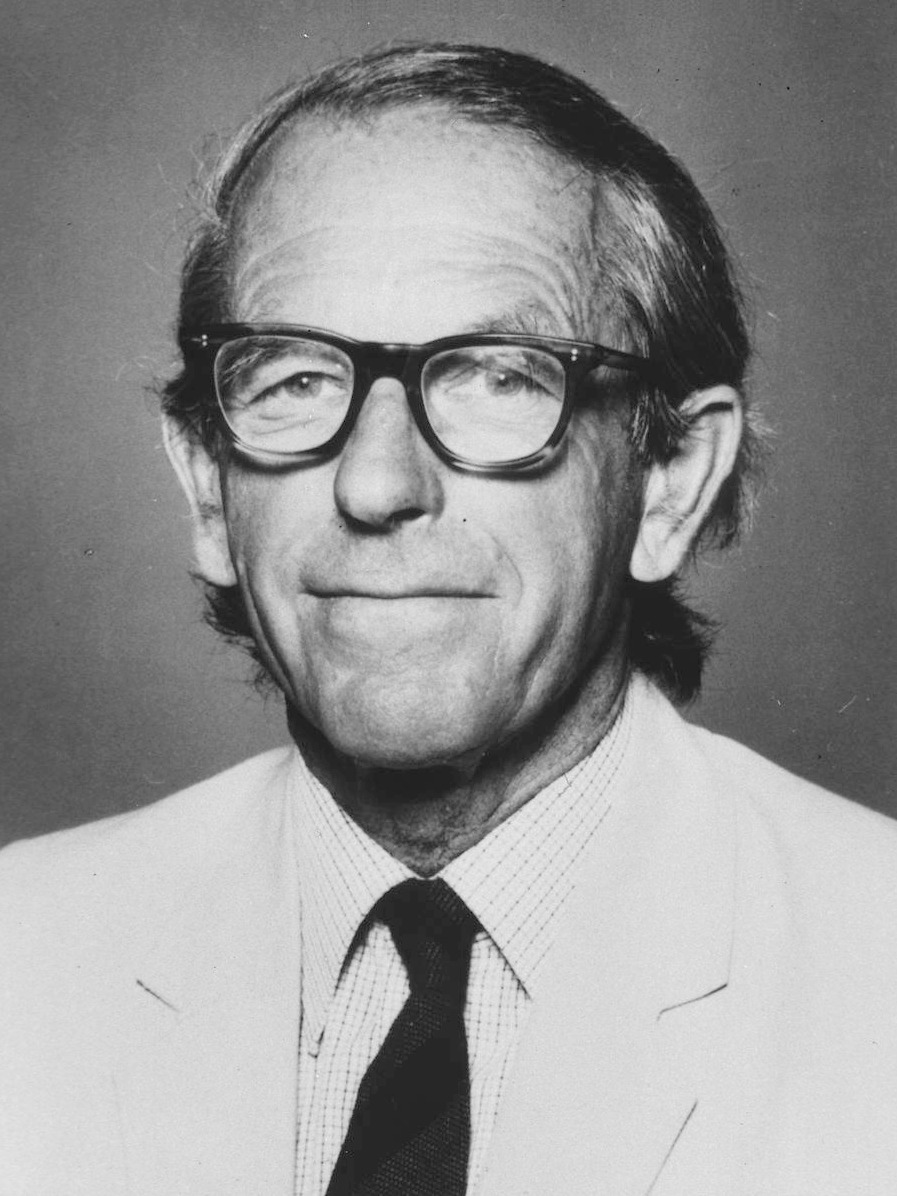The "wa" (和) is a traditional Japanese unit of energy. It is typically used in the context of measuring heat energy, specifically in the field of physics and engineering. One wa is equivalent to approximately 1.96 joules. However, in modern contexts, especially in scientific literature, the joule is the more commonly used unit of energy. The use of "wa" is largely historical and may not be frequently encountered in contemporary measurements.
Arrátel is a term that may not have widespread recognition or usage, and it could refer to different things depending on context. It could be a misspelling or variant of the word "arattle," which is a type of traditional music instrument in some cultures, or it could be related to a specific location, brand, or concept not widely known. If you meant something specific or if it relates to a particular field (e.g.
"Gram" can refer to several things, depending on the context. Here are a few of the most common meanings: 1. **Unit of Mass**: A gram is a metric unit of mass equal to one thousandth of a kilogram (0.001 kg). It is commonly used to measure small weights in fields such as cooking, nutrition, and science.
The term "Maund" can refer to a few different concepts, but it is most commonly associated with "Maundy," especially in a Christian context. Specifically, Maundy Thursday is the day during Holy Week that commemorates the Last Supper of Jesus Christ with his disciples, as well as the institution of the Eucharist (Communion). It is observed on the Thursday before Easter and is part of the Paschal Triduum.
The most important on in metabolism internals, everything else gets converted to it before being processed in the .
Mentioned at 100 Greatest Discoveries by the Discovery Channel (2004-2005) medicine episode.
Active compound in pepper.
Ah, this seems like a nice dude.
The Eighth Day of Creation has two nice paragraphs about his work. He was shy and quiet, and didn't boast about his slow and steady progress, possibly because of this he only had a junior fellowship and at some point some people wanted to kick him out of the lab somewhere between 1948 - 1952, quoted at: sandwalk.blogspot.com/2013/11/fred-sanger-1918-2013.html
Argumentation theory is a multidisciplinary field that studies the structure, content, and dynamics of arguments, focusing on how they are constructed, understood, and evaluated. It draws from various fields, including philosophy, linguistics, communication, artificial intelligence, and law. Key aspects of argumentation theory include: 1. **Structure of Arguments**: Examination of the components that make up an argument, such as premises, conclusions, and inferential connections.
Pinned article: Introduction to the OurBigBook Project
Welcome to the OurBigBook Project! Our goal is to create the perfect publishing platform for STEM subjects, and get university-level students to write the best free STEM tutorials ever.
Everyone is welcome to create an account and play with the site: ourbigbook.com/go/register. We belive that students themselves can write amazing tutorials, but teachers are welcome too. You can write about anything you want, it doesn't have to be STEM or even educational. Silly test content is very welcome and you won't be penalized in any way. Just keep it legal!
Intro to OurBigBook
. Source. We have two killer features:
- topics: topics group articles by different users with the same title, e.g. here is the topic for the "Fundamental Theorem of Calculus" ourbigbook.com/go/topic/fundamental-theorem-of-calculusArticles of different users are sorted by upvote within each article page. This feature is a bit like:
- a Wikipedia where each user can have their own version of each article
- a Q&A website like Stack Overflow, where multiple people can give their views on a given topic, and the best ones are sorted by upvote. Except you don't need to wait for someone to ask first, and any topic goes, no matter how narrow or broad
This feature makes it possible for readers to find better explanations of any topic created by other writers. And it allows writers to create an explanation in a place that readers might actually find it.Figure 1. Screenshot of the "Derivative" topic page. View it live at: ourbigbook.com/go/topic/derivativeVideo 2. OurBigBook Web topics demo. Source. - local editing: you can store all your personal knowledge base content locally in a plaintext markup format that can be edited locally and published either:This way you can be sure that even if OurBigBook.com were to go down one day (which we have no plans to do as it is quite cheap to host!), your content will still be perfectly readable as a static site.
- to OurBigBook.com to get awesome multi-user features like topics and likes
- as HTML files to a static website, which you can host yourself for free on many external providers like GitHub Pages, and remain in full control
Figure 3. Visual Studio Code extension installation.Figure 4. Visual Studio Code extension tree navigation.Figure 5. Web editor. You can also edit articles on the Web editor without installing anything locally.Video 3. Edit locally and publish demo. Source. This shows editing OurBigBook Markup and publishing it using the Visual Studio Code extension.Video 4. OurBigBook Visual Studio Code extension editing and navigation demo. Source. - Infinitely deep tables of contents:
All our software is open source and hosted at: github.com/ourbigbook/ourbigbook
Further documentation can be found at: docs.ourbigbook.com
Feel free to reach our to us for any help or suggestions: docs.ourbigbook.com/#contact







